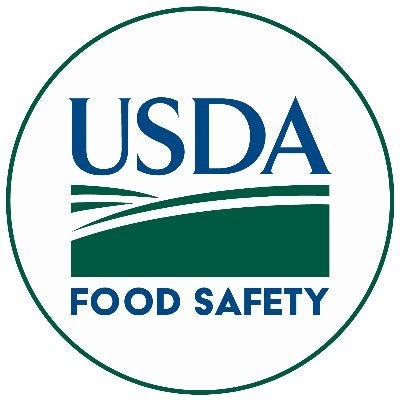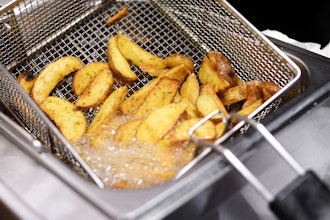
As we have seen during the COVID-19 pandemic, the food industry faces significant demands to maintain a food supply that is both safe and not disrupted. As those demands remain moving forward, the impact of the COVID-19 pandemic also presents tremendous opportunity for those seeking to launch innovative and novel food ingredients and products with an emphasis on sustainability and scalability. In the US, the use of microorganism-based and animal cell-cultured ingredients and products are two such areas that have significant potential. We further explore these issues and key developments to look for in 2021 and beyond.
Impact of COVID-19
The food industry has had to respond to a dramatic shift in consumer demand as a result of the COVID-19 pandemic. Consumers have shifted away from retail food service consumption to more at-home meal preparation. For industry, this resulted in surpluses of food for restaurants or other food service use (hotels, airports) and shortages on the retail side for use in grocery stores.
Acknowledging the need to get food supplies directly to consumers, the U.S. Department of Agriculture (USDA) and the U.S. Food and Drug Administration (FDA) issued temporary policies relaxing labeling requirements for foods originally intended for food service use to be redirected for retail sale. While this was a short-term regulatory fix, it remains to be seen whether demand for basic ingredients, like yeast and flour, will remain high should government restrictions lift and restaurants and other food service entities move to reopen to full capacity. Moving forward, manufacturers may seek to build scalable supply-chain systems to more efficiently deal with spikes in demand like those observed in 2020. There may also be an increased interest in production processes that are seen as more sustainable.
On the enforcement side, the FDA initially ceased all inspections in March, except for those supporting mission-critical activities, and subsequently began conducting remote inspections of food importers under the Foreign Supplier Verification Program (FSVP). The FDA announced in July that it would begin inspecting domestically based on a new risk assessment system. The USDA continued inspections throughout the pandemic. We expect FDA inspections to increase as the pandemic is better controlled. Moving forward, the FDA may reexamine traditional ways of conducting inspections if onsite inspections continue to present risk by leveraging its remote oversight capabilities.
Microorganisms
 iStock
iStock
Microbes as food face resistance from consumers for myriad reasons, including: (1) unfamiliarity with the food; (2) fear of becoming ill after consuming a microorganism that is infectious; and (3) distrust of genetically modified organisms. Discomfort with a new food source and fear of disease will both be mitigated as microorganisms become more widely used as food. As with many other food sectors, non-genetically modified microorganisms can be used to produce food for those consumers with such a preference. To further address consumer concerns, some manufacturers have focused their marketing of microbes as animal food to help develop familiarity with the ingredients and to establish a track record of safe consumption.
Microorganisms can offer a source of high-quality protein and probiotics with reduced environmental burdens. These highly sustainable products are not seasonal, and they may be adopted by consumers as a preferred protein source.
Animal Cell Culture
Recent years have seen significant advancements in animal cell culture technology, using animal cells from livestock, poultry, or seafood to produce food. In the U.S., innovators of these products will have to navigate both the FDA and the USDA’s Food Safety and Inspection Service (FSIS) to get products produced from species 
For all products, the FDA will oversee premarket review and evaluation of the production process and finished material, and the agency has been encouraging firms to have a dialogue with the agency early in the development process. However, since the March 2019 agreement, the FDA has not released any detailed guidance to help guide best practices to secure a favorable pre-market review by the agency. As a next step, innovators should look to the FDA to provide additional guidance on information the agency is seeking as it evaluates the production process and material for animal cell-cultured products.
Terminology used in the labeling of these products is also a key consideration. In October 2020, the FDA issued a request for information about the names or statements of identity for foods made with cultured seafood cells. Interested parties should expect activity from the FDA in response to the agency’s request, and innovators of cell-cultured meat and poultry should look to FSIS to issue a similar request for information on labeling considerations for those products.
Conclusion
 Jockel
Jockel
 Wolf
Wolf
Sam Jockel is a senior associate in Alston & Bird’s Litigation & Trial Practice Group and a member of the Food, Drug & Device/FDA Team. Sam focuses his practice on regulatory, policy, and litigation matters involving food, beverages, cosmetics, dietary supplements, and OTC drugs.
Benjamin Wolf is a senior associate in Alston and Bird’s Health Care Group and a member of the Food, Drug & Device/FDA Team counseling clients in many industries regulated by the Food and Drug Administration (FDA) and U.S. Department of Agriculture (USDA).























